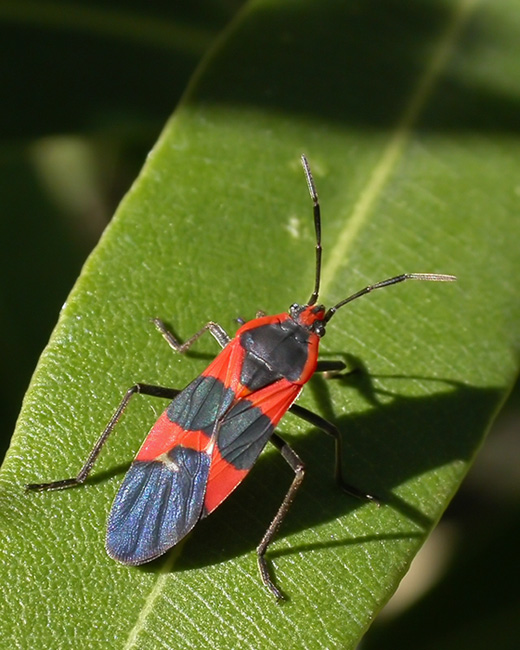There Will Be Bugs*
For those of you who don’t know already, I’m pretty fascinated by arthropods. Several years ago, I only really knew how to identify butterflies and maybe a few spiders and beetles. But, I like to photographically document all the creatures that I come across and once I have photos of them… well, then I really want to know what to call them. And as per so many things in nature, once I learned a little bit, I just kept on wanting to learn more.
After I had exhausted the few field guides that I owned, one of the first online resources for arthropod identification that I found was BugGuide — and I fell in love! This astounding site offers several resources: 1) A clickable field guide that offers high-quality photos, information, and distribution data for an ever-growing number of species within the continental U.S. & Canada. 2) Several forums for posting arthropod-related questions. 3) An ID Request page where you can upload your own images and contributors will help you ascertain the correct identification. This site is 100 percent volunteer-driven and it is truly a melting pot of different people within the scientific community. Contributors range from well-respected entomology experts and students to dedicated naturalists and photographers. It is an excellent place for beginners to learn and participate in an extremely supportive and encouraging environment. About a year and half ago, I was very pleased to be allowed to contribute my time and energy by becoming a contributing editor on the site. I cannot say enough wonderful things about the website itself and all the incredible people involved, many of whom have become good friends.
So, getting back to the title of this post… “There Will Be Bugs”. Though this blog will most assuredly showcase plenty of beautiful flowers, scenic skies, cute mammals and magnificent birds — there will also most definitely be insects and spiders (and snakes!). I know some people find these creatures “creepy” or “icky”. It is my sincere hope that I can change a few minds in this regard, but if not, you can always just skip past these posts.
The lovely red-and-black insect in the above image is the Large Milkweed Bug (Oncopeltus fasciatus), a common and conspicuous find in this area of southern California. As the name would imply, they are often found feeding on the plant tissues of various species of milkweed (Asclepias). However, around my place, there is a very large and active population that resides rather exclusively in the non-native Oleander (Nerium oleander) bushes.
The following photo shows the same species of bug, but this one has just finished shedding its exoskeleton. This is necessary in order for it to continue growing to its full size. Shortly after this process, the new exoskeleton has not hardened or darkened completely and during this period the freshly molted insect is referred to as teneral. Typically when I see these pale individuals they are clinging to the underside of leaves, presumably as a means of hiding from potential predators while their bodies are still soft and vulnerable. (For a fantasic series of images documenting the emergence of a teneral individual, click here.)
* While it wasn’t one of my favorite movies, for those who are familiar with the somewhat bizarre 2007 film “There Will Be Blood” — I hope you got my little joke! My husband rolled his eyes at my bad pun, but I sure thought it was funny. *big grin*


as one who has never found much in the natural world ‘icky’ (well junebugs bouncing off my head still gives me heebie jeebies) I’m glad there will be bugs. superb images as always!
Ha ha! The vast majority of insects don’t bother me in the slightest… just so long as I can see where they’re at! Random things crawling on me (or bouncing off my head) in the dark still manages to freak me out a bit too. I’m glad you liked these photos. I don’t spend too much time outside photographing at night, but I will definitely try to include a few moths — just for you! (Well, actually, that would make my friend Chris happy too, as he is equally enamored with all-things-moth.)